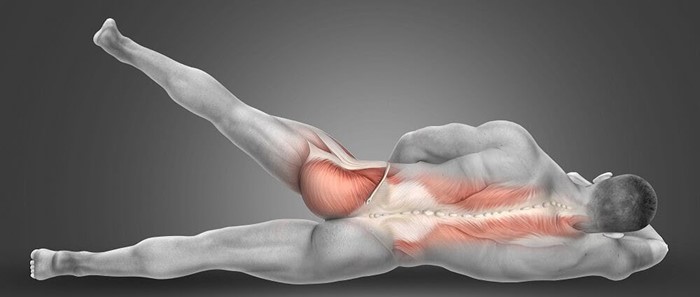A client returns to the surgical unit from the PACU in skeletal traction. The nurses should take action to correct. Which of the following problems with the traction setup?
The weights rest against the foot of the bed.
The ropes are in the center of the wheel grooves.
The weights are equal on each side.
The ropes atach securely to the pin
The Correct Answer is A
If a client returns to the surgical unit from the PACU in skeletal traction and the weights rest against the foot of the bed, the nurse should take action to correct this problem with the traction setup. The weights should be hanging freely and not touching any part of the bed or floor. This ensures that the traction is providing the appropriate amount of force to the affected limb.
The other options listed are not problems with the traction setup. The ropes should be in the center of the wheel grooves, the weights should be equal on each side, and the ropes should attach securely to the pin.
Nursing Test Bank
Naxlex Comprehensive Predictor Exams
Related Questions
Correct Answer is B
Explanation
The nurse should place the client's right leg in abduction following a right total hip arthroplasty. Abduction means moving the leg away from the midline of the body. This position helps to prevent hip dislocation by keeping the hip joint in proper alignment.
Internal rotation, adduction, and external rotation are not appropriate positions for the client's right leg following a right total hip arthroplasty. Internal rotation means turning the leg inward towards the midline of the body. Adduction means moving the leg towards the midline of the body. External rotation means turning the leg outward away from the midline of the body. These positions can increase the risk of hip dislocation.

Correct Answer is C
Explanation
The nurse should monitor the client for flank pain as an adverse effect of taking calcium carbonate. Calcium carbonate is a calcium supplement used to prevent or treat a calcium deficiency¹. One of the side effects of calcium carbonate is the formation of kidney stones, which can cause flank pain².
a. Urinary retention is not a common adverse effect of calcium carbonate.
b. Tinnitus is not a common adverse effect of calcium carbonate.
d. Bradycardia is not a common adverse effect of calcium carbonate.
Whether you are a student looking to ace your exams or a practicing nurse seeking to enhance your expertise , our nursing education contents will empower you with the confidence and competence to make a difference in the lives of patients and become a respected leader in the healthcare field.
Visit Naxlex, invest in your future and unlock endless possibilities with our unparalleled nursing education contents today
Report Wrong Answer on the Current Question
Do you disagree with the answer? If yes, what is your expected answer? Explain.
Kindly be descriptive with the issue you are facing.
